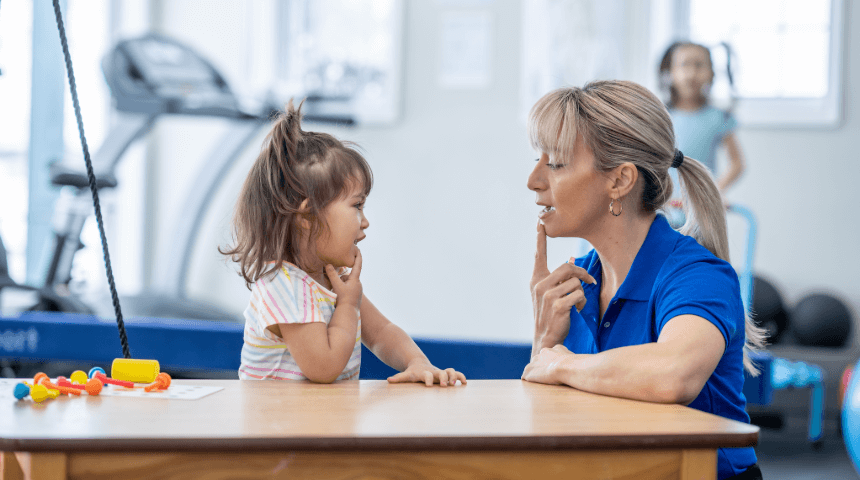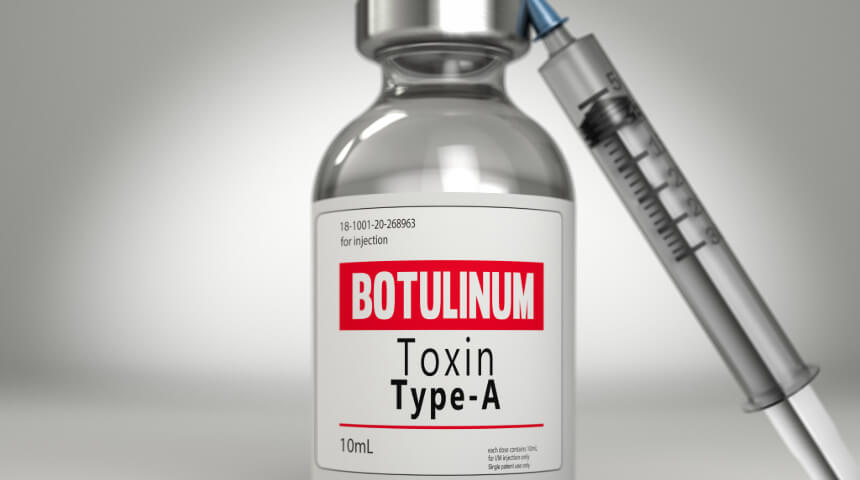Why Do Babies Put Everything in Their Mouths
Does your baby put everything they get their hands on in their mouth? As early as 3 to 4 months of age, babies discover the world through their senses, with touch and taste working together to help them understand their surroundings.
It can be stressful for parents, but the milestone is key for a child’s development. And there are safe ways to give your little one freedom to learn and grow.
World, Meet Mouth
While older children and adults rely on touch, infants get a great deal of information about an object by putting it in their mouth. The mouth is full of sensory nerve endings that communicate directly with the brain by answering the basic question, “Is this food?” Through this process, babies also discern flavor, texture and temperature.
As soon as they are capable of picking things up, these new motor skills are put to good use, bringing items to the mouth for exploration. Sucking or biting is also one of the primary ways infants self-soothe. As new teeth continuously break through, infants will find objects to rub against their gums to ease discomfort. Cool washcloths or teethers, when used under supervision, can help with inflammation.
As Always, Safety First
At this stage of development, it’s important to keep dangerous items locked up or out of reach. Parents and caregivers are advised to do a safety scan of the home and assume that anything your infant can touch has the potential to be ingested. Keep in mind that everyday household items that seem harmless to you as an adult may be hazardous to an inquisitive infant, such as:
-
Toys meant for older children, which often contain smaller pieces that can be a choking hazard for babies.
-
Certain foods that can pose a greater risk of choking. Be mindful of what’s on your little one’s plate and never allow an infant to eat alone. Some foods to avoid include hard candy, popcorn, grapes, hot dogs, chewing gum and nuts, as well as large pieces of meat, cheese or fruit.
-
Medicines and vitamins may resemble candy but can be poisonous. The same is true of household cleaners, dishwasher and laundry detergent pods, nail polish, plant and insect killer, cat litter and alcohol.
-
Dog or cat food can also look like food fit for humans. Create a pets-only space for feeding them that’s inaccessible to baby.
Germs Can Help Build Immunity
Exposure to germs is often top of mind for parents, especially given the prevalence of COVID-19, flu and other illnesses.
While it’s impractical to disinfect and sanitize every square inch of your home, do your best to keep high-traffic areas clean and wash toys with soap and water. Vacuuming regularly can also help keep potential choking hazards off the floor.
The good news is that exposure to germs in small amounts can help build stronger immunity, allowing your baby’s immune system to recognize different germs, bacteria and viruses and learn how to protect against them in the future. Under supervision, don’t be afraid to let your little one explore their world.
Choose to Stay in Touch
Sign up to receive the latest health news and trends, wellness & prevention tips, and much more from Orlando Health.
Sign Up










